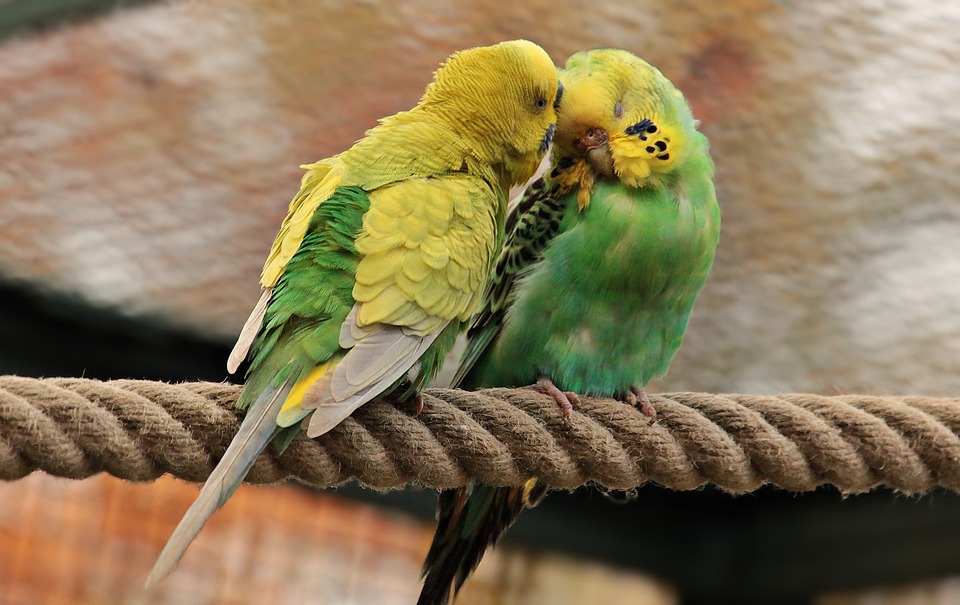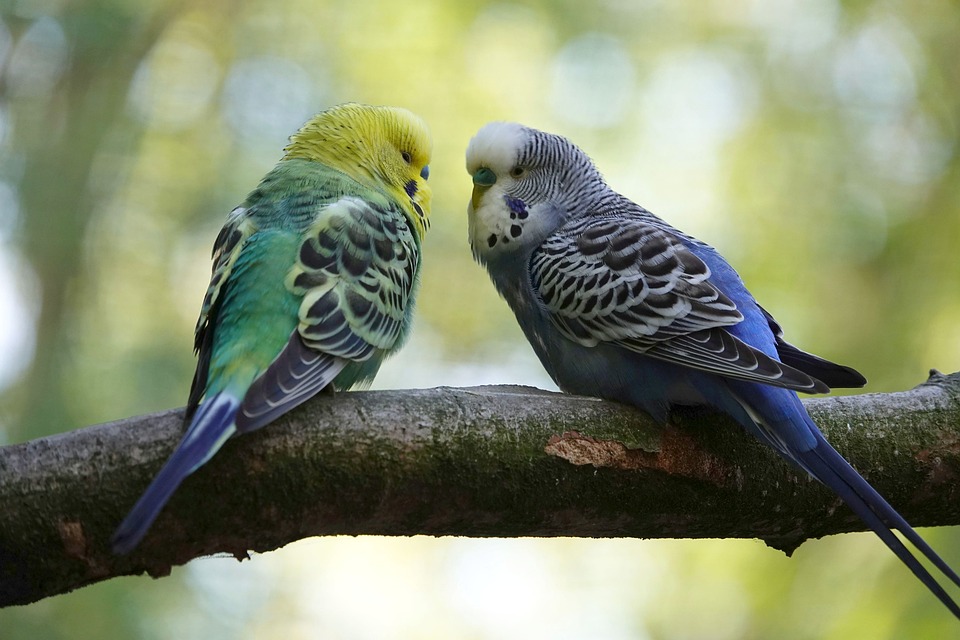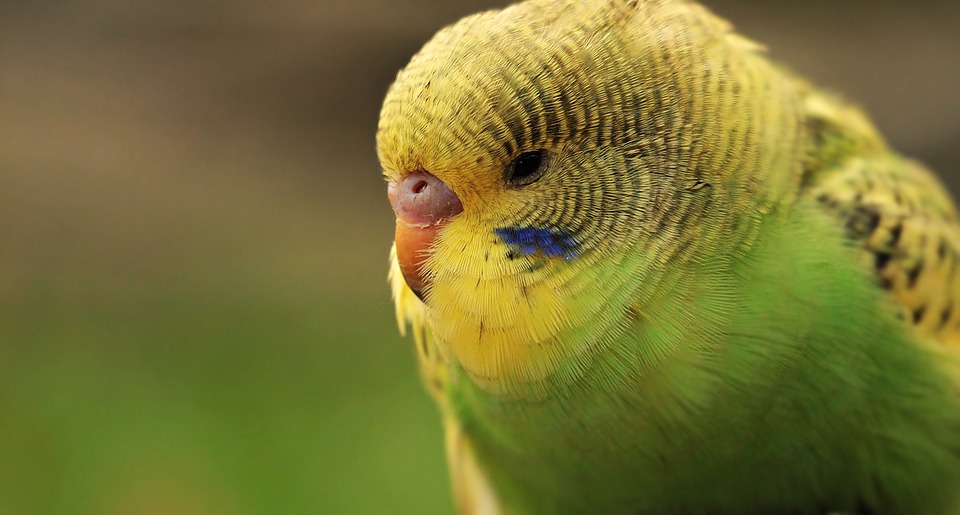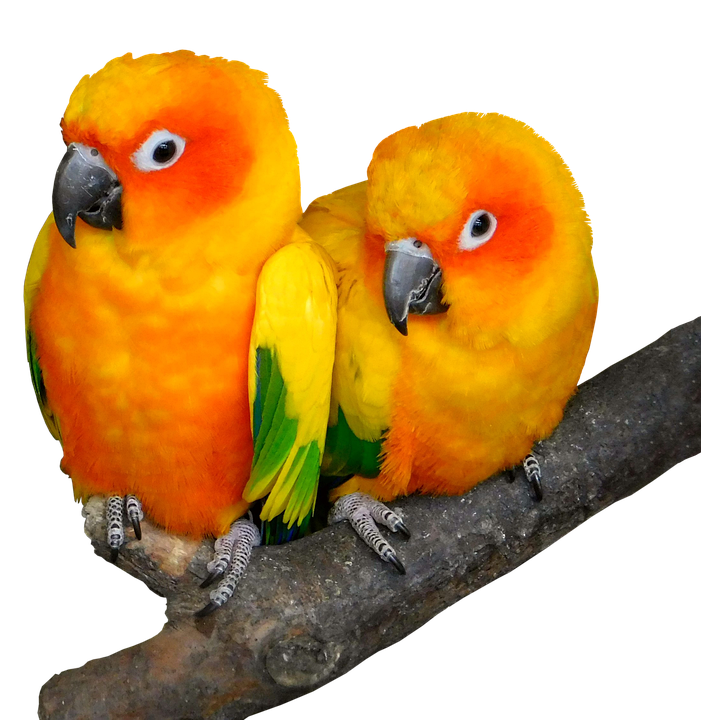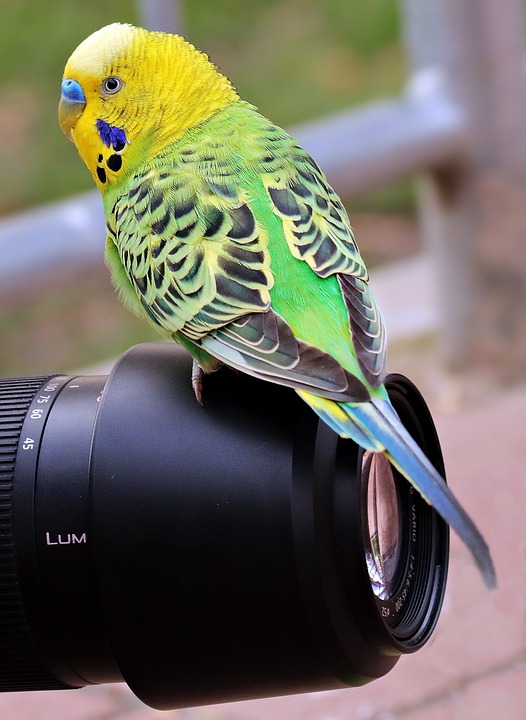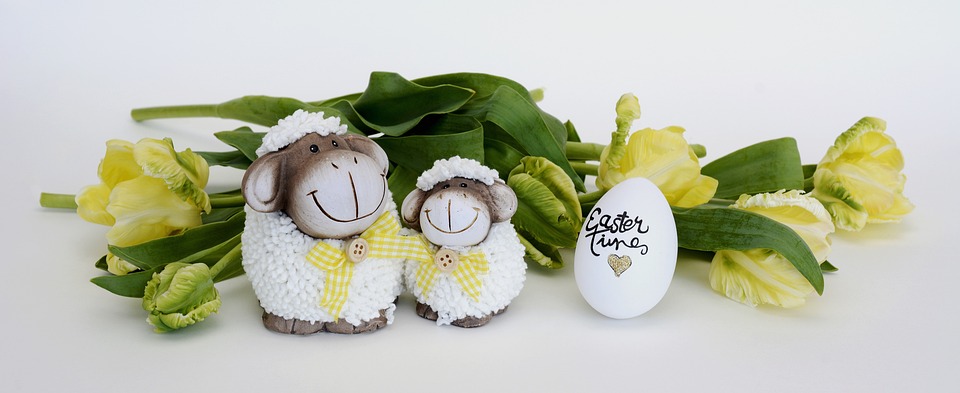Parrots are highly intelligent and active birds that require regular mental and physical stimulation to thrive. One excellent way to provide both is through flying agility exercises. Not only do these exercises promote a healthy lifestyle for your parrot, but they also enhance their flight skills and overall well-being. In this article, we will explore effective methods to encourage parrots to engage in flying agility exercises, along with some frequently asked questions about this topic.
Why Flying Agility Exercises?
Before delving into the details, it’s important to understand the benefits of flying agility exercises for parrots. These exercises offer numerous advantages, including:
1. Physical Health: Flying agility exercises help your parrot maintain a healthy weight and strengthen their muscles.
2. Mental Stimulation: These exercises challenge your parrot’s problem-solving skills and boost their cognitive abilities.
3. Bonding Opportunity: Engaging in flying agility exercises with your parrot strengthens the bond between you and your feathered companion.
4. Emotional Well-being: Parrots in the wild spend a significant amount of time flying. By providing them with flying agility exercises, you fulfill their natural instincts and promote emotional well-being.
5. Preventing Boredom: Boredom is a common issue among parrots. Flying agility exercises keep them entertained and prevent destructive behaviors.
Creating an Enriching Environment
To encourage your parrot to engage in flying agility exercises, it’s crucial to create an enriching environment that stimulates their natural behaviors. Here are some tips to achieve this:
1. Provide Ample Space: Ensure your parrot has enough space to fly comfortably within their living area. A spacious cage or an aviary is ideal for this purpose.
2. Remove Obstacles: Clear the flying path from any obstacles or hazards that may hinder your parrot’s flight.
3. Install Perches and Toys: Place perches and toys at varying heights and distances to encourage your parrot to navigate and explore their surroundings.
4. Use Natural Branches: Incorporate natural branches into the environment to provide a more authentic flying experience for your parrot.
5. Offer Treats and Rewards: Use positive reinforcement by rewarding your parrot with treats when they successfully complete flying agility exercises. This encourages them to continue engaging in these exercises.
Training Techniques for Flying Agility Exercises
Now that you have set up an enriching environment, it’s time to introduce your parrot to flying agility exercises. Follow these training techniques to help your parrot get started:
1. Step-by-Step Approach: Begin by teaching your parrot simple flight maneuvers, such as flying from one perch to another. Gradually increase the difficulty level as they become more comfortable and confident.
2. Target Training: Use target training techniques to guide your parrot’s flight path. Hold a target stick or a treat at the desired location, and encourage your parrot to fly toward it. Reward them when they successfully reach the target.
3. Clicker Training: Employ clicker training to signal and reinforce desired behaviors. Associate the sound of a clicker with treats and praise, and use it to mark the exact moment your parrot completes a flying agility exercise correctly.
4. Positive Reinforcement: Always reward your parrot with their favorite treats and praise when they participate in flying agility exercises. This positive reinforcement strengthens their motivation to engage in these activities.
Frequently Asked Questions
Q: Can any parrot breed participate in flying agility exercises?
A: Yes, flying agility exercises are suitable for most parrot breeds. However, it’s important to consider their physical abilities and consult with an avian veterinarian before starting any exercise program.
Q: How often should I engage my parrot in flying agility exercises?
A: The frequency of flying agility exercises depends on your parrot’s age, health, and physical abilities. Start with short 5-10 minute sessions a few times a week, gradually increasing the duration and frequency as your parrot becomes more adept.
Q: Are there any safety precautions I should follow during flying agility exercises?
A: Safety is paramount. Remove any potential hazards from the flying area, such as open windows, ceiling fans, or mirrors. Supervise your parrot during the exercises, especially in unfamiliar surroundings.
Q: What if my parrot is reluctant to participate in flying agility exercises?
A: Patience is key. Start with simple exercises and gradually increase the difficulty level. Use positive reinforcement and rewards to encourage your parrot’s participation. Seek the guidance of an avian behaviorist if your parrot continues to show reluctance.
By incorporating flying agility exercises into your parrot’s daily routine, you provide them with a stimulating and fulfilling lifestyle. Remember to tailor the exercises to your parrot’s abilities and always prioritize their safety and well-being. Enjoy the journey of watching your parrot soar through the skies with agility and confidence!


